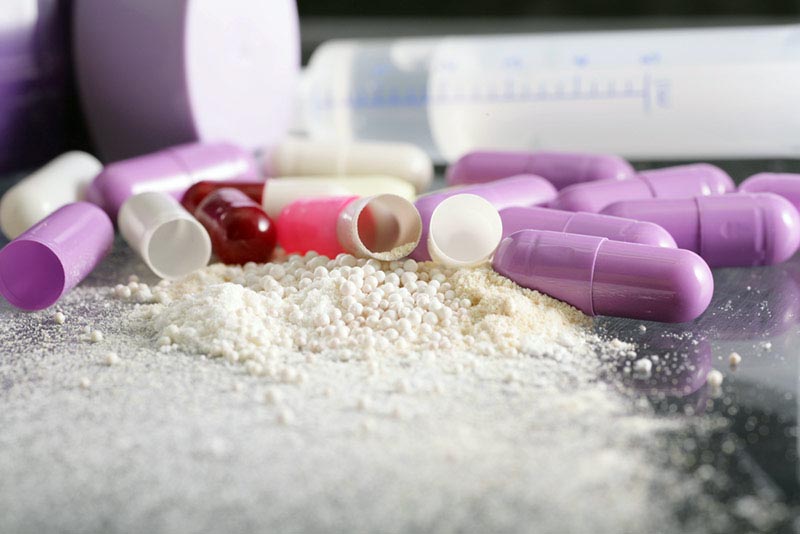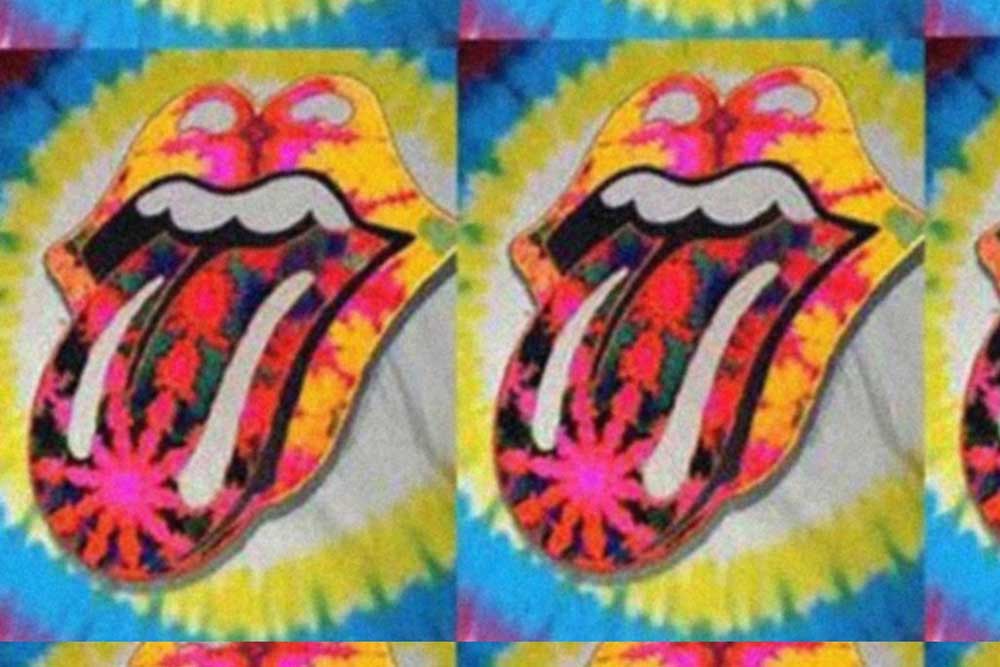Apr 15, 2017
April 19th is Bicycle Day. Many people will have no idea what the significance of that is, but for some, particularly ac...
lSD Addiction
Jun 23, 2016
LSD, or acid as it is also known as, is a hallucinogenic drug that was hugely popular in the 1960s until it was made ill...
lSD Addiction
Jun 14, 2016
Unfortunately, no matter how much of a loving and stable home people grow up in, there is no way to guarantee that some ...
lSD Addiction



